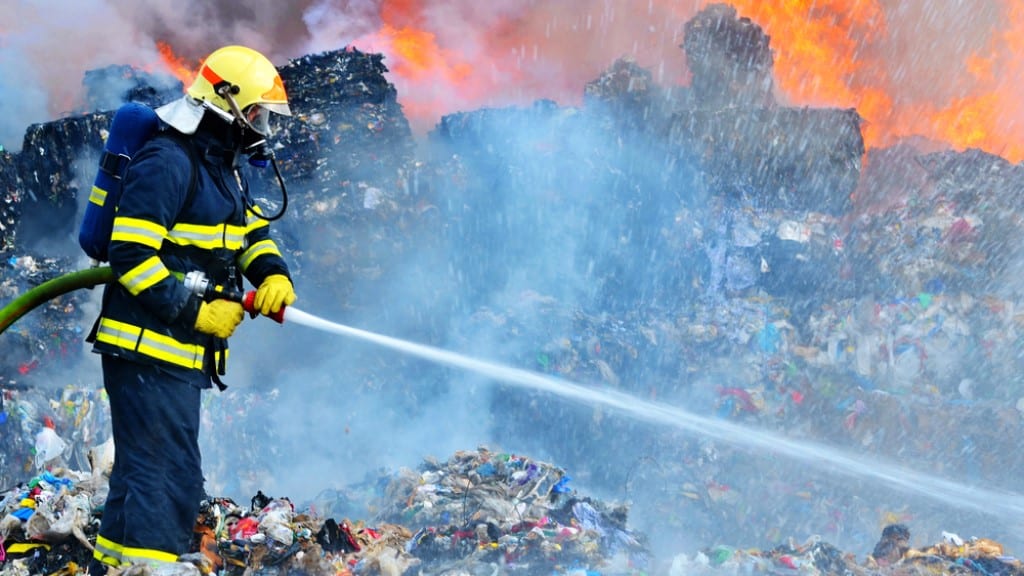Minimising risks in the waste sector: A focus on evolving safety concerns
- October 24, 2023
- 9:57 am


Iain Hoey
Share this content
In a recent blog by Dafo Vehicle, the company shines a light on the heightened fire risks in the evolving waste and recycling industry.
As the sector strides towards more sustainable practices, the dynamics of the associated risks are rapidly shifting.
Changing dynamics in the waste sector
The waste and recycling industry has always been vulnerable to fire risks.
With over 300 incidents reported annually from 2001 to 2013, materials like paper, plastic, wood, and cardboard have been recognised threats.
Yet, as Dafo Vehicle notes, despite the sector’s proactive measures, there’s been a worrying 6% increase in fire accidents at recycling plants in 2022 compared to the previous year.
A notable concern, as Dafo Vehicle explains, is the surge in improperly disposed of lithium-ion batteries.
Unintended consequences of sustainability
Sustainability, though fundamentally a positive shift, has some unintended risks.
Dafo Vehicle points out that lithium-ion batteries, while instrumental for sustainability, can become hazardous fire risks when discarded carelessly.
Beyond batteries, machinery such as mobile crushers and shredders, integral to the industry, can act as inadvertent ignition points, especially with the build-up of combustible residues.
Understanding the environmental impact
Fires in recycling facilities have repercussions that ripple beyond immediate facility damage.
As Dafo Vehicle highlights, such fires, powered by diverse flammable materials, can be challenging to control and present a high re-ignition risk.
The aftermath impacts not just the business operations, but the environment and neighbouring communities as well.
Harmful emissions from these fires compromise environmental health, and the presence of these hazards can deter local authorities from sanctioning new recycling centres.
Regulatory challenges in the waste sector
Dafo Vehicle points to the Environment Agency’s 21-part fire protection plan, observing that some sections lack specific guidelines.
Sections detailing plant and equipment merely touch on inspection routines and fire extinguishers without diving into detailed standards.
Such regulatory gaps can inadvertently magnify risks. Insurers and original equipment manufacturers, relying on these broad guidelines, might overlook evolving threats.
Thus, as Dafo Vehicle suggests, more detailed risk assessments are paramount.
Safeguarding the recycling industry’s future
With technology and the waste sector in constant flux, Dafo Vehicle stresses that risk assessments and fire suppression systems must perpetually adapt.
As adoption rates for electric and hybrid machinery increase, so will their associated risks.
For the global waste processing industry to flourish, understanding and addressing these risks holistically is crucial.
IFSJ Comment
The concerns illuminated by Dafo Vehicle underscore the intricacies of harmonising sustainability objectives with safety in the waste sector.
As the landscape transitions towards more sustainable measures, the importance of evolving our safety protocols in parallel cannot be overstated.
These insights offer a clarion call for renewed attention to risk assessments and protective measures.

